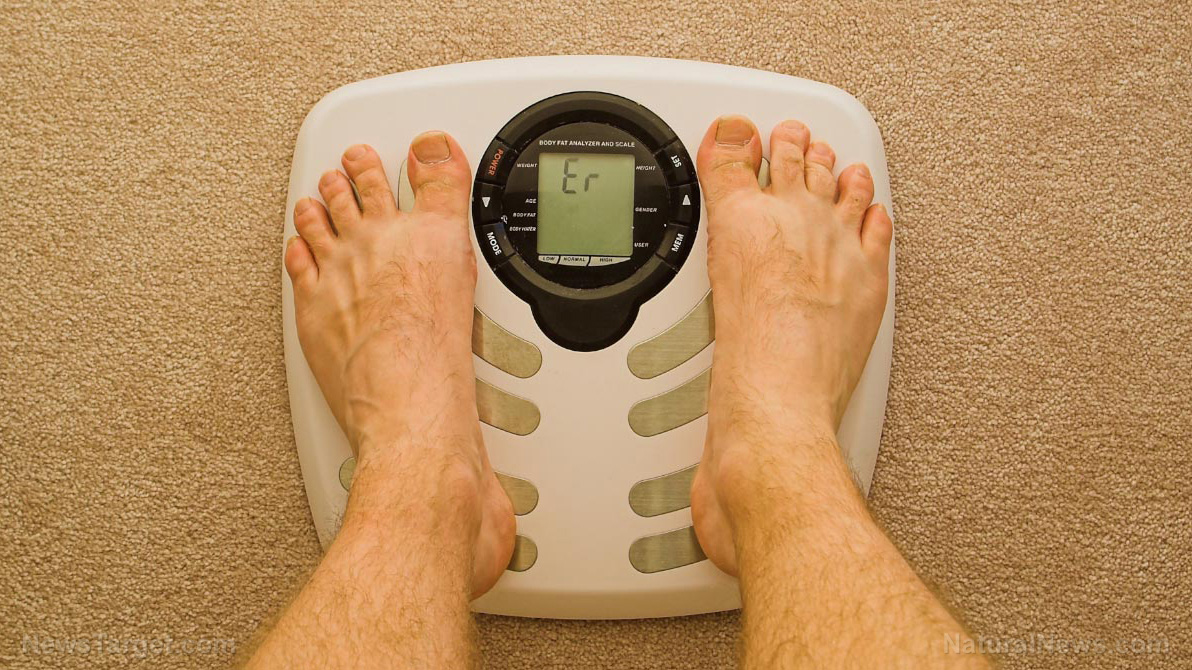Obesity epidemic driving up healthcare costs across America
03/03/2018 / By Zoey Sky

A report from NewsWise reveals that while the obesity epidemic in America remains a problem, there is little to no data concerning its economic impact on each state. However, recent research spearheaded by John Cawley, a professor of policy analysis and management at Cornell University, offers a closer look at how the different states are influenced by the healthcare costs of obesity.
Cawley, who is also the co-author “The Impact of Obesity on Medical Costs and Labor Market Outcomes in the U.S.” along with Adam Biener of the Agency for Healthcare Research and Quality and Chad Meyerhoefer of Lehigh University, said, “We have, for the first time, estimated the percentage of healthcare spending that is devoted to obesity, using microdata for each state.”
He explains that there are glaring differences among the states. For example, in 2015, states like Arizona, California, Florida, New York, and Pennsylvania directed at least five to six percent of their total medical expenditures to addressing obesity-related health concerns. On the other hand, North Carolina, Ohio, and Wisconsin spent at least thrice (or over 12 percent) of all healthcare funding for the treatment of obesity-related illness.
In general, Cawley et al. determined that the portion of U.S. national medical expenditures that was used to treat obesity-related illness in adults increased from 6.13 percent in 2001 to 7.91 percent in 2015. This indicated a whopping increase of 29 percent.
The research revealed results based on payer type, such as private health insurance companies, Medicare, and Medicaid. Cawley shares that the “dramatic differences” through various states became obvious in the fraction of Medicaid spending that went to addressing obesity-related illness. He cites Kentucky and Wisconsin as an example wherein from 2001 to 2015, more than 20 percent of their Medicaid spending went to obesity-related illness.
Meanwhile, in New York, 10.9 percent of Medicaid spending was for obesity-related health concerns. During that period, the average for the whole country was 8.23 percent. (Related: Study shows body fat is a safe haven for cancer cells; reducing excess fat can help beat the disease.)
The authors used data from the same period, which was gathered by the Medical Expenditure Panel Survey, a nationally representative survey of the healthcare utilization and costs of Americans, to estimate the percentage of healthcare costs linked to adult obesity for the states with the biggest populations.
There were no estimates for less populous states due to the lack of data about the residents. Earlier estimates of the healthcare costs of obesity per state were not based on microdata for each state but on theories about how national costs could be allocated to different states.
Cawley notes that the discrepancies for the states are due to different factors like variations in “obesity prevalence, healthcare access by obese individuals, how obesity is treated, and prices of healthcare.”
Tips to prevent obesity
If you want to minimize your family’s risk for obesity, follow the tips listed below:
- Consume whole, single-ingredient foods (like boiled potatoes, eggs, or oatmeal) — To do this, you must avoid anything with added sugar, added fat, and processed food. A lot of whole foods are filling, and they can help you stick to healthy calorie limits. They are also full of essential nutrients that will help your body function properly.
- Eat more healthy foods and snacks — If you have access to healthy snacks, you’ll minimize the chances of anyone eating unhealthy food. You can snack on carrots, fruits, or yogurt.
- Minimize sugar intake — Eating sugary processed foods can increase your risk of some of the world’s leading diseases such as cancer, heart disease, and type-2 diabetes.
- Refrain from eating processed foods — Processed foods often contain a lot of added sugars, added fats, and calories. They can also cause “addictive-like eating,” unlike unprocessed foods.
You can read more articles about fresh food and tips on how to eat healthy at Fresh.news.
Sources include:
Tagged Under: diabetes, fast food, healthcare, healthcare costs, healthcare industry, healthcare spending, medicaid, Medicare, obesity, obesity epidemic


















